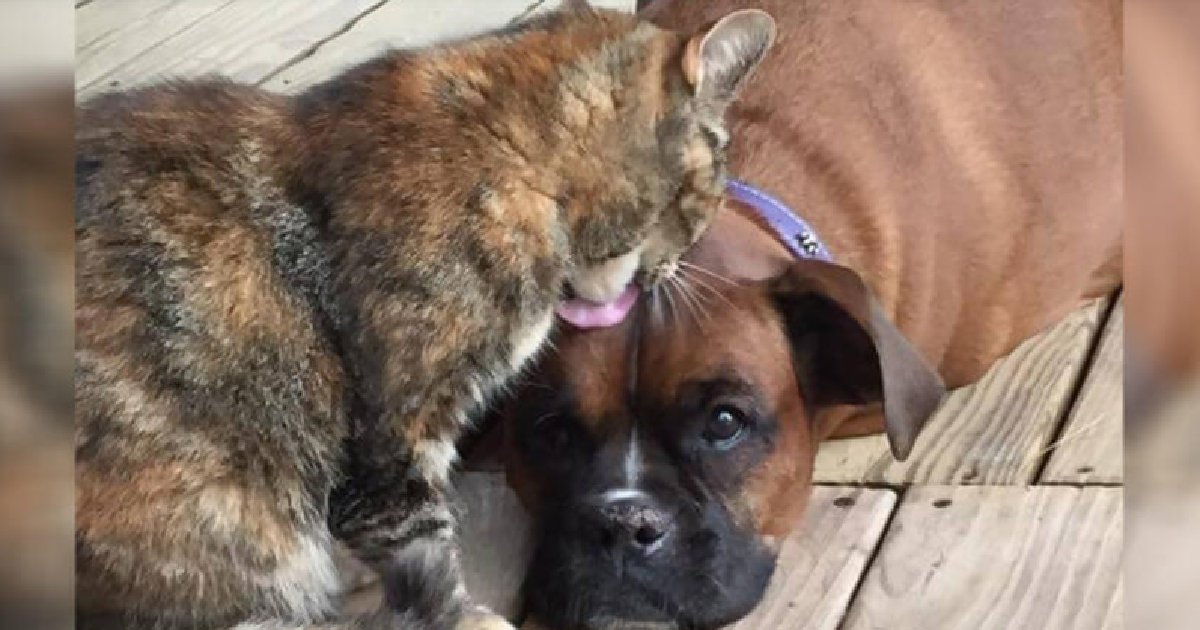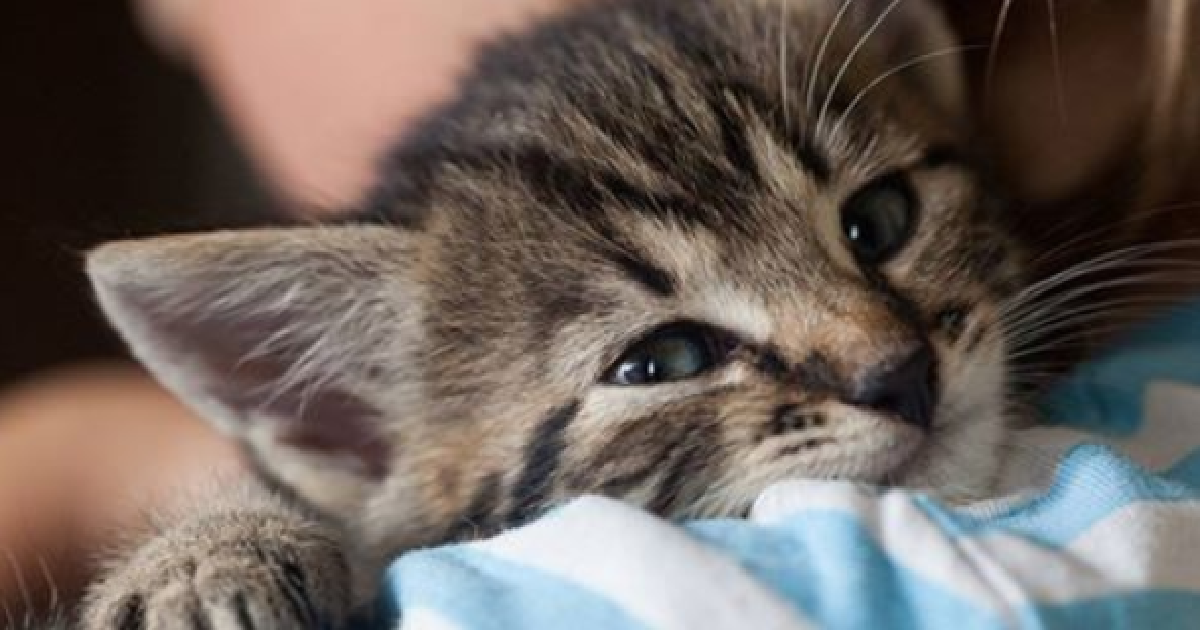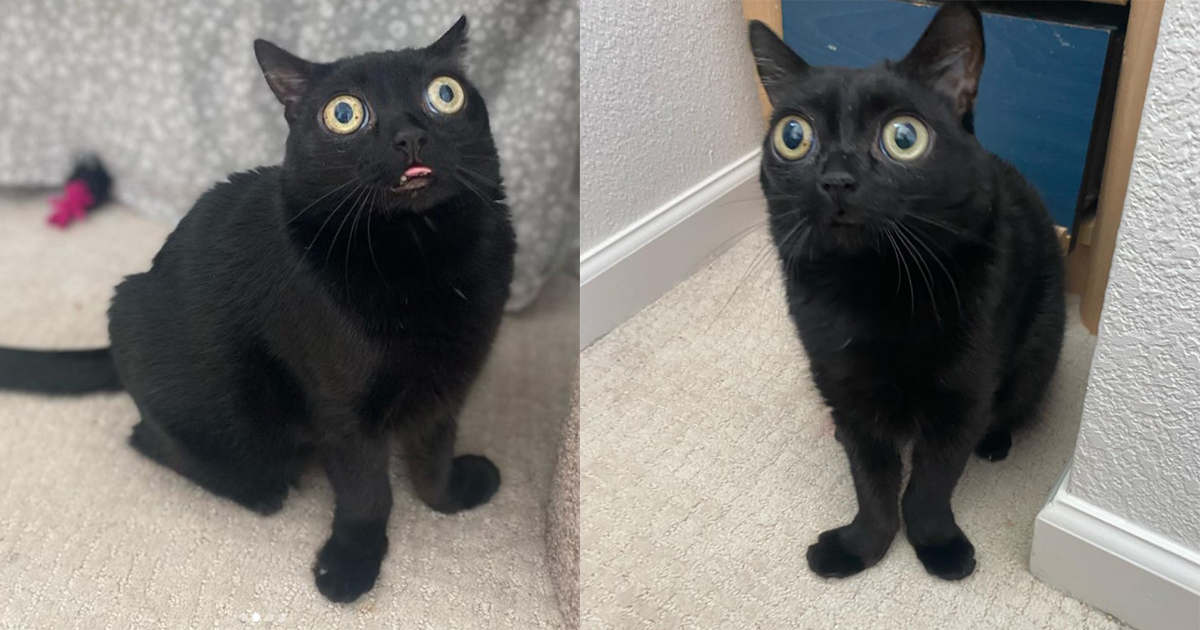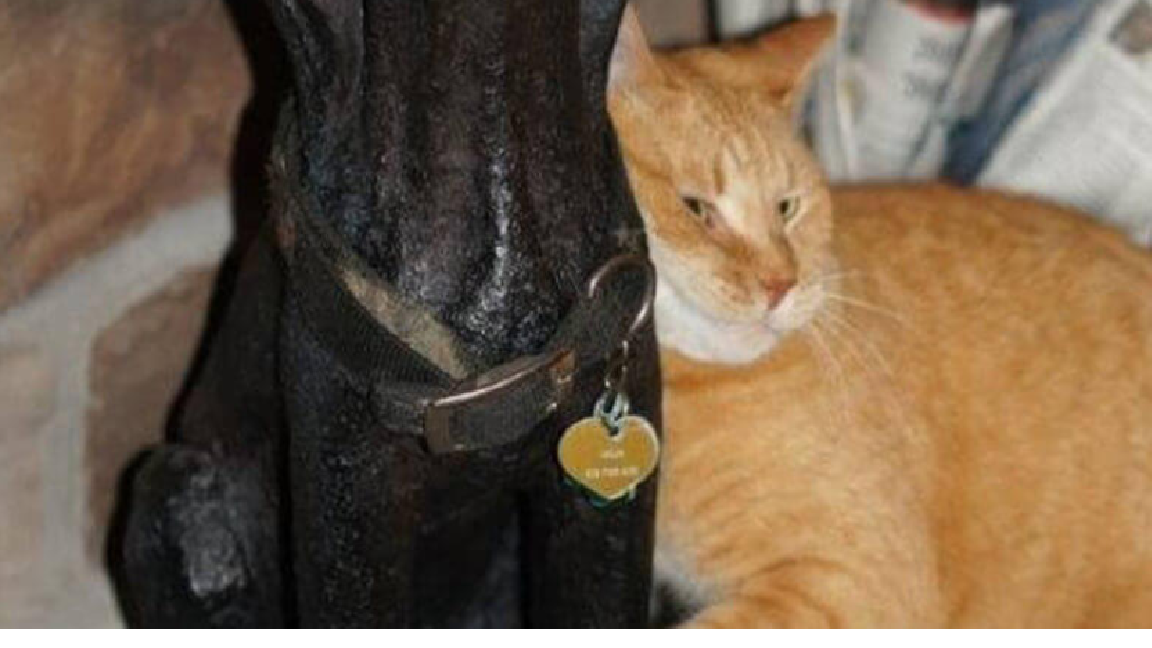Are you considering adding a hairless cat, specifically a Sphynx, to your family? These unique felines have gained popularity for their one-of-a-kind appearance and affectionate nature. However, before bringing home a hairless cat, it’s important to understand the various costs involved and the care they require. In this guide, I will walk you through the affordability and care requirements of owning a hairless cat, from initial expenses to ongoing maintenance.
Hairless Cat Cost
- The cost of owning a hairless cat includes initial expenses, ongoing care, and potential health issues.
- Prices for hairless cats, like Sphynxes, vary depending on factors such as breed and lineage.
- Reputable breeders can provide documentation and ensure the health of the cat, but adoption can be a more affordable option.
- Grooming, veterinary care, and cat food are ongoing expenses to consider when budgeting for a hairless cat.
- Caring for a hairless cat requires regular bathing, exercise, and protection from the sun.
History and Overview of the Sphynx Cat Breed
The Sphynx cat breed has an intriguing history that traces back to Canada in the 1960s. It all began with a spontaneous genetic mutation that resulted in these cats being born without hair. Originally known as the Canadian hairless cat, their name was later changed to Sphynx, inspired by the ancient Egyptian sphinx.
The Sphynx cat quickly gained popularity due to its unique appearance and playful nature. These cats come in a variety of colors and patterns, making each one truly special. In addition to the standard Sphynx, there are also interesting variations such as the blue Sphynx and the Sphynxiebob, which is a hybrid between a Sphynx and an American bobtail.
The purpose behind breeding hairless cats like the Sphynx was to create a feline companion that could offer a hypoallergenic option for people with allergies. Additionally, Sphynx cats are known for their affectionate and social nature, making them wonderful companions for individuals and families alike. Their lack of hair also means that they often seek warmth, enjoying cuddling up with their human companions to keep cozy.
Distinctive Appearance and Playful Personalities
- The Sphynx cat breed is known for its hairless body and wrinkled skin, making it look rather unique and distinct.
- These cats have a high energy level and enjoy interactive play sessions with their human companions.
- They are highly sociable and are known to get along well with other pets and even children.
The Sphynx cat breed continues to capture the hearts of cat lovers around the world with its fascinating history, charming personality, and one-of-a-kind appearance.
Care and Maintenance of Hairless Cats
Proper care and maintenance are essential for keeping hairless cats healthy and happy. Since they lack fur, hairless cats have unique grooming requirements that need to be addressed regularly. Additionally, their exercise, living environment, and diet play crucial roles in their overall well-being.
Grooming Requirements
Grooming hairless cats involves specific tasks to maintain their skin health. Due to their lack of fur, their skin produces more natural oils, which can lead to greasiness and odor. Regular bathing is necessary to remove excess oils and keep their skin clean. It’s recommended to bathe hairless cats every 1-2 weeks using a mild and hypoallergenic cat shampoo. This will help prevent skin issues and keep their coatless skin in optimal condition.
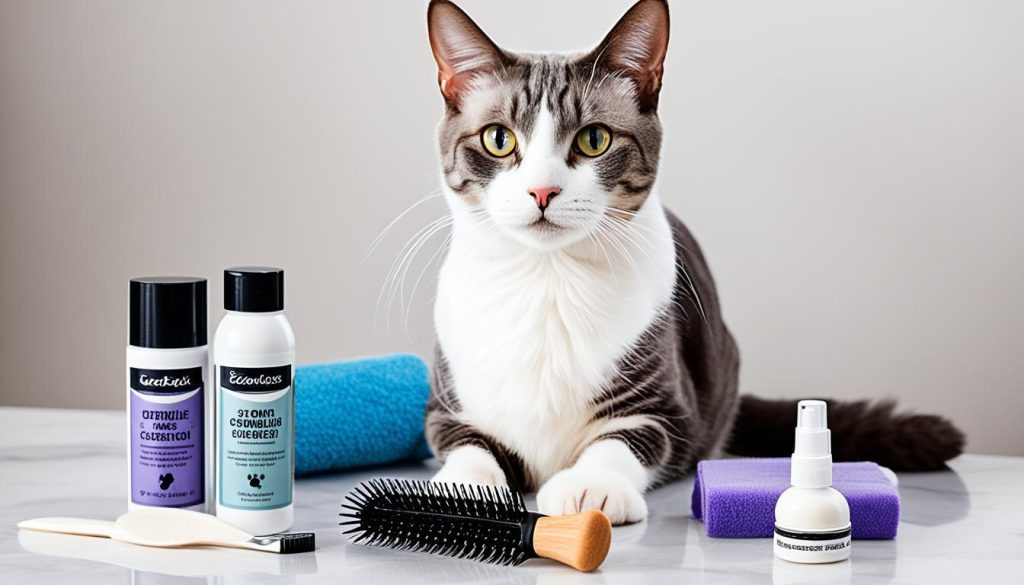
Exercise and Enrichment
Despite their lack of fur, hairless cats are energetic and playful companions. They require regular exercise and enrichment activities to keep them mentally stimulated and physically fit. Engage your hairless cat in interactive play sessions using toys designed to encourage their natural instincts. Provide scratching posts and climbing trees to satisfy their need to climb and scratch. Regular exercise will help prevent obesity and keep your hairless cat entertained.
Indoor vs. Outdoor Living
Due to their absence of fur, hairless cats are more prone to sunburn and extreme temperatures. It is generally recommended to keep hairless cats as indoor pets to protect them from these environmental dangers. Indoor living also provides a safer environment, reducing the risk of accidents, exposure to toxins, and encounters with other animals that may transmit diseases.
Hairless Cat Food and Nutrition
Ensuring a well-balanced diet is vital for the health of hairless cats. Choose high-quality cat food specifically formulated for hairless cats or those with sensitive skin. Look for a cat food brand that contains essential nutrients such as Omega-3 fatty acids, which promote healthy skin and coat. Consult with your veterinarian to determine the appropriate feeding schedule and portion sizes to maintain your hairless cat’s optimal health.
By following these grooming practices, providing regular exercise, creating a safe indoor environment, and offering a nutritious diet, you can ensure that your hairless cat thrives and enjoys a happy and healthy life.
Health Considerations for Hairless Cats
Hairless cats, like the Sphynx breed, require special attention to their health needs. Due to their lack of fur, they are more susceptible to sunburn. Providing adequate sun protection is crucial to prevent skin damage and discomfort. It is recommended to keep hairless cats indoors during peak sun hours and apply pet-safe sunblock if they spend time outdoors.
Dental care is another important aspect of hairless cat health. Without fur to help clean their teeth, hairless cats are more prone to dental disease, such as periodontal issues and tooth decay. Regular dental check-ups and professional cleanings are necessary to maintain their oral health. In addition, implementing a daily dental care routine, such as brushing their teeth, can help prevent dental issues.
Hereditary conditions can also affect hairless cats. One such condition is hypertrophic cardiomyopathy, a heart disease that can be passed down genetically. Regular veterinary check-ups, including heart screenings, are essential to monitor and manage any hereditary conditions a hairless cat may be predisposed to.
By being proactive in protecting their skin from the sun, maintaining their dental hygiene, and monitoring their overall health, hairless cats can lead healthy and fulfilling lives. Regular veterinary care and a diligent at-home care routine are key to ensuring their well-being.
Pros and Cons of Owning a Hairless Cat
Owning a hairless cat, like the Sphynx breed, comes with its fair share of advantages and disadvantages. Let’s delve into the pros and cons to help you make an informed decision.
Advantages of Owning a Hairless Cat
- Unique Appearance: Hairless cats, with their smooth and wrinkled skin, have an exotic and eye-catching look that sets them apart from other feline breeds.
- Affectionate Nature: Hairless cats are often described as exceptionally loving and loyal. They thrive on human companionship and enjoy being cuddled and held.
- Hypoallergenic Qualities: For individuals with allergies, owning a hairless cat can be a game-changer. Unlike furry cats, hairless breeds produce fewer allergenic proteins and may cause fewer allergic reactions.
Disadvantages of Owning a Hairless Cat
- Grooming Requirements: Despite their lack of fur, hairless cats still require regular grooming to maintain their skin’s health. Their skin can become oily, and they may need frequent baths and moisturizing to prevent dryness and potential skin issues.
- Calm Environment: Hairless cats are sensitive to their surroundings and thrive in a calm and stress-free environment. They may not do well in households with loud noises or energetic children.
While owning a hairless cat can be a unique and rewarding experience, it’s important to consider both the advantages and disadvantages before welcoming one into your home. With proper care and attention, these captivating creatures can bring joy and companionship to their owners.
Finding and Acquiring a Hairless Cat
If you’re interested in adding a hairless cat to your family, there are a few options to consider. One option is to find a reputable hairless cat breeder who specializes in the breed you’re interested in. Reputable breeders can provide documentation about the cat’s lineage and health, giving you peace of mind in knowing that you’re getting a healthy and well-cared-for cat. They can also offer support and guidance as you embark on your journey of owning a hairless cat.
Another option to consider is adopting a hairless cat. Many rescue organizations and animal shelters have hairless cats available for adoption. Adoption fees are usually lower than the purchase price from a breeder, making it a more affordable option for those looking to add a hairless cat to their family. Not only will you be giving a loving home to a cat in need, but you’ll also be experiencing the joy of rescuing a cat and providing them with a second chance at life.
When looking for a hairless cat, it’s important to do your research and choose a reputable source. Take the time to visit the breeder or shelter, ask questions about their breeding or adoption practices, and ensure that the cats are being raised in a clean and healthy environment. A reputable breeder or shelter will prioritize the well-being of their cats and will be transparent about their practices.
Finding Reputable Hairless Cat Breeders
When searching for a reputable hairless cat breeder, consider the following:
- Ask for recommendations from other hairless cat owners or breed associations.
- Do thorough online research, reading reviews and checking the breeder’s website for information about their breeding practices and ethics.
- Contact the breeder directly and ask questions about their experience, the health testing they conduct, and any guarantees or aftercare they provide.
- Visit the breeder’s facility if possible, to see firsthand how the cats are cared for and if the environment is clean and suitable for raising cats.
Adopting a Hairless Cat
If you’re considering adoption, here are some steps to take:
- Research local rescue organizations and animal shelters that may have hairless cats available for adoption.
- Visit the organization or shelter and ask about their adoption process, requirements, and fees.
- Meet the available cats and spend time interacting with them to see if they are a good fit for your family.
- Complete the adoption process, which may involve filling out an application, providing references, and paying an adoption fee.
Remember, whether you choose to adopt or purchase from a breeder, the most important thing is to provide a loving and caring home for your hairless cat. With careful consideration and research, you can find the perfect hairless companion to join your family.
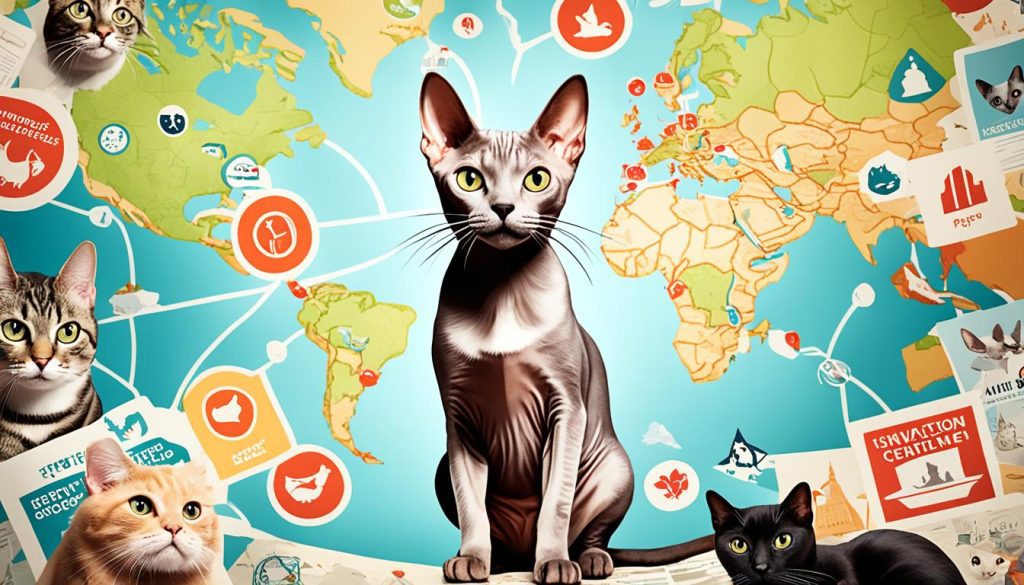
Cost of Owning a Hairless Cat
Owning a hairless cat, like the Sphynx breed, comes with various expenses. When considering bringing a hairless cat into your home, it’s important to budget for these costs and understand the financial responsibilities involved.
Initial Expenses
The initial expenses for owning a hairless cat can include the purchase price or adoption fee, which can vary depending on factors such as breed and lineage. Additionally, there are essential items that you will need to provide for your new pet, such as litter boxes, food bowls, and toys. These one-time expenses should be considered when budgeting for a hairless cat.
Ongoing Expenses
Once you have brought your hairless cat home, there are ongoing expenses that you will need to account for. Grooming is an important aspect of caring for a hairless cat. Regular bathing and skin care products may be required to keep their skin clean and healthy. Veterinary care is another ongoing expense for routine check-ups, vaccinations, and any potential health issues that may arise. Additionally, providing a proper diet with high-quality cat food is essential for your hairless cat’s nutritional needs.
Budgeting for a Hairless Cat
When budgeting for a hairless cat, it’s important to consider both the initial and ongoing expenses. Make a list of all the necessary items you will need to purchase initially, and factor in the estimated cost of grooming, veterinary care, and cat food over the long term. This will give you a better understanding of the financial commitment involved in owning a hairless cat. By budgeting wisely, you can ensure that you are prepared to provide the necessary care and support for your new furry companion.
Conclusion
Caring for a hairless cat, such as the Sphynx breed, requires understanding their specific needs and considerations. While the cost of owning a hairless cat includes initial expenses, ongoing care, and potential health issues, many people find the affection and companionship they offer to be well worth the investment.
By providing proper care and attention, hairless cats can thrive and bring joy to their owners. Grooming, regular veterinary check-ups, and a balanced diet are essential components of their care. Additionally, keeping them in a calm and protected environment, preferably indoors, is crucial for their well-being.
Whether you are considering adding a hairless cat to your family or already have one, this hairless cat care guide serves as a valuable resource to ensure that your feline companion leads a happy and healthy life. Remember, the rewards of caring for a hairless cat go beyond their unique appearance; they are loving and loyal pets that can bring endless joy to your home.

